Search
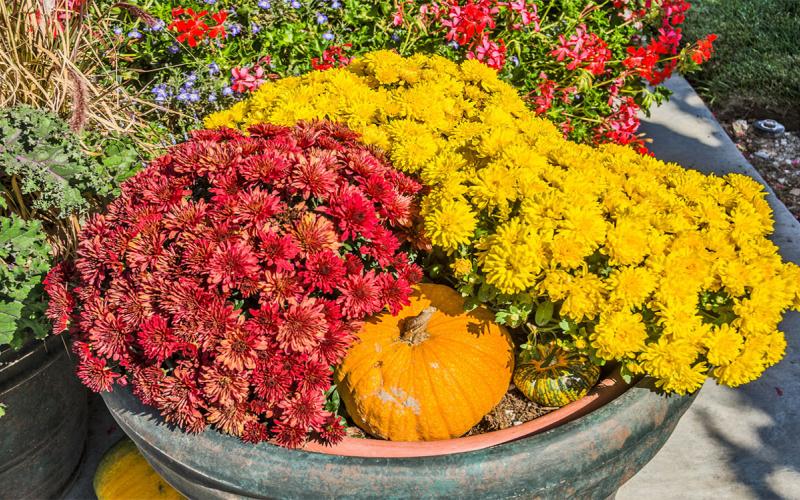
Bring New Life to Worn-Out Summer Containers: Ideas to Fall in Love With
With just a bit of imagination and a little time, your worn-out summer containers can gain new life with a variety of cool-season flowers and plants that come in brilliant fall colors!
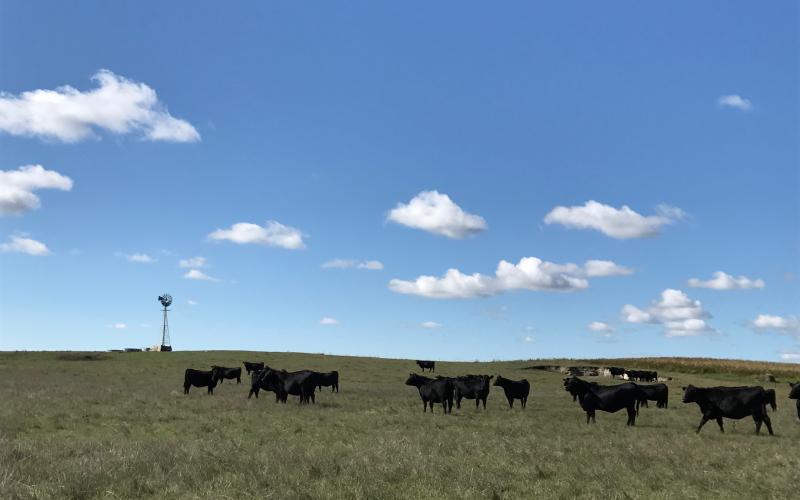
Organizers Unveil Lineup for the XXVII Range Beef Cow Symposium
September 21, 2021
Cattle ranchers and industry professionals are invited to hear the latest cutting-edge information and updates at the upcoming Range Beef Cow Symposium Nov. 16-17 in Rapid City, South Dakota.
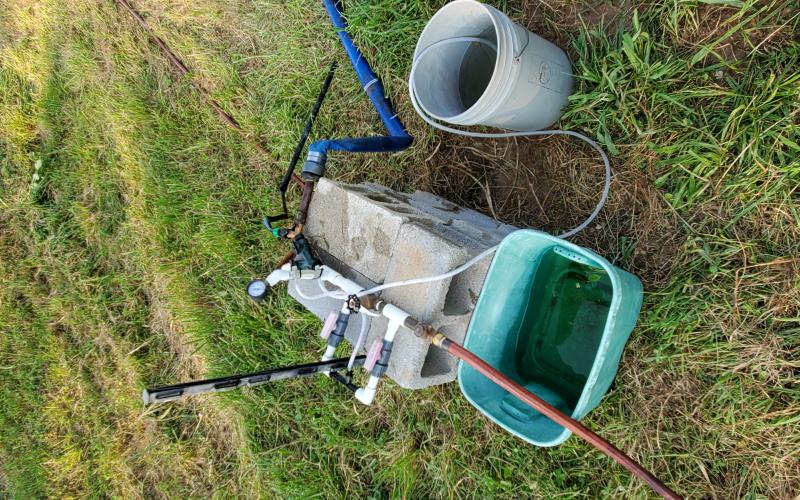
Subsurface Drip Irrigation: Increased Efficiency for Irrigation and Nutrient Delivery
Subsurface drip irrigation maintenance, lifespan, and cost, the variables that can impact subsurface drip irrigation design.
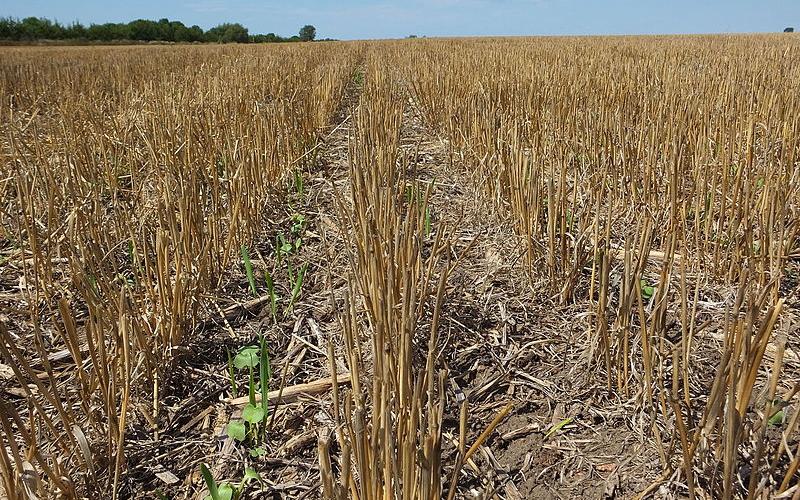
Cover Crop Adoption: Farmers’ perceived benefits & barriers
Cover crops are generally defined as crops planted between cash crops to cover and protect the soil. Some demonstrated benefits of cover crops include: reduced soil erosion, increased soil organic matter, increased biological variety, increased nitrogen supply, and weed control. Depending on the farmers’ objectives, different species of cover crops can be planted. For example, if a farmer’s main objective is to increase nitrogen supply, then legume cover crops best suited to the farm area should be selected.
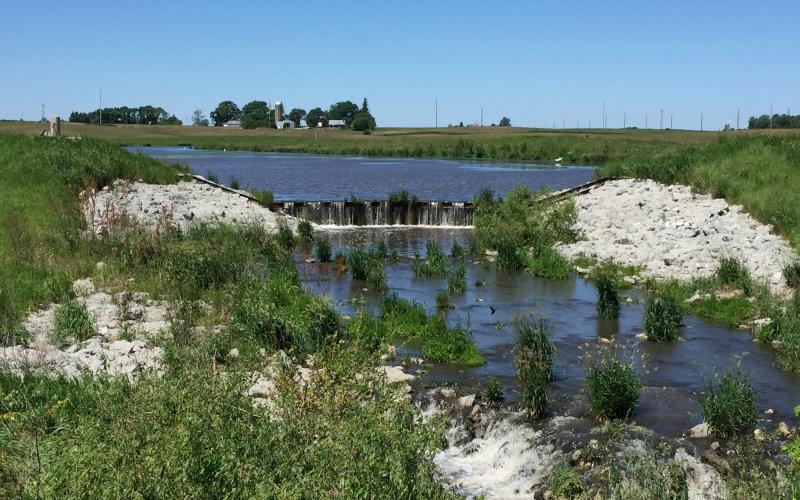
Constructed Wetlands: Engineering Nature’s Filter
How do constructed wetlands emulate the natural process of a wetland? In what ways do the different designs of a constructed wetland have to meet the needs of the area?
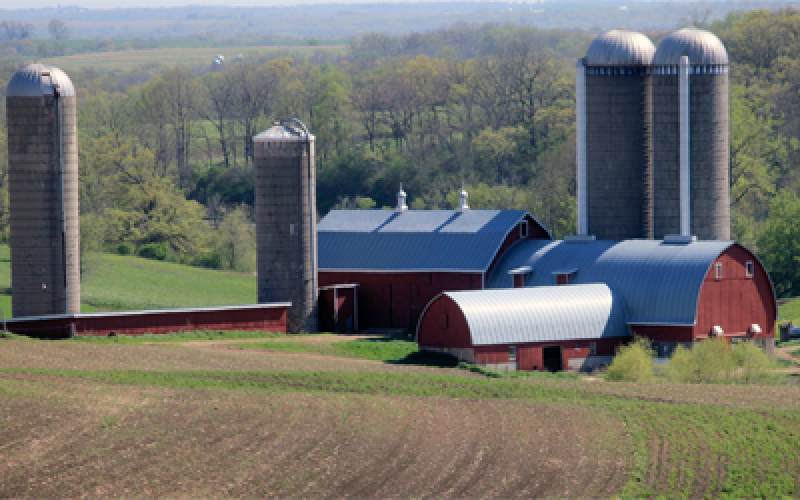
SDSU Extension Increases Access to Sustaining the Legacy Conference
September 23, 2021
Starting in the fall of 2021, SDSU Extension will host two-day Sustaining the Legacy Conferences in five different locations across the state of South Dakota.
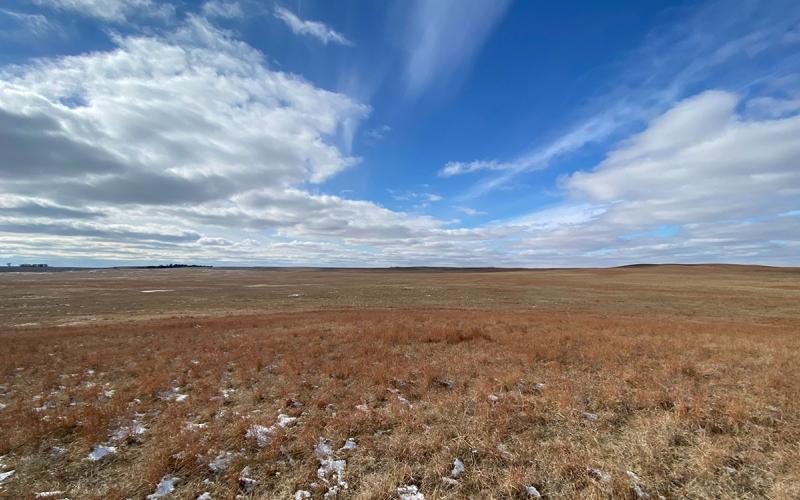
Climate Resilience Toolkit for the Northern Plains Region
In September 2021, the U.S. Climate Resilience Toolkit announced the publication of a new Northern Great Plains Region section. The new section can help producers recognize climate hazards, assess vulnerabilities and confront risks.
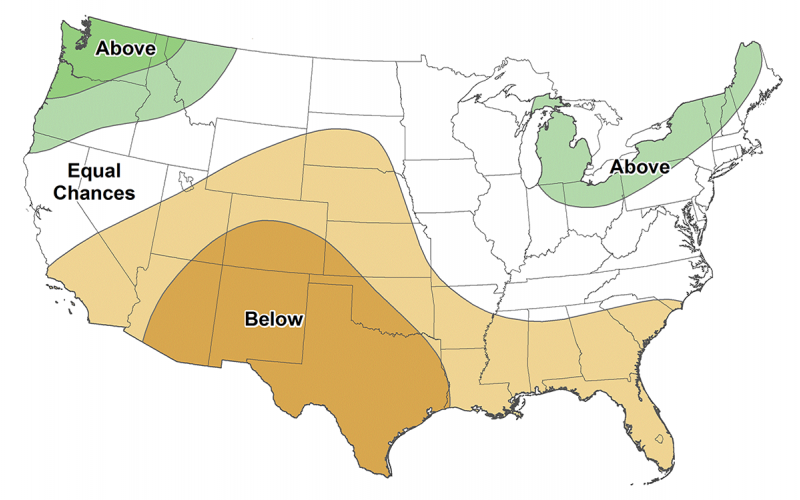
2021 Fall and Early Winter Climate Outlook
The latest monthly and seasonal climate outlooks were released Sept. 16, 2021 by National Oceanic and Atmospheric Administration’s Climate Prediction Center. Forecasters are pointing towards a warmer than average October, with odds leaning towards drier conditions for the last few months of the year.
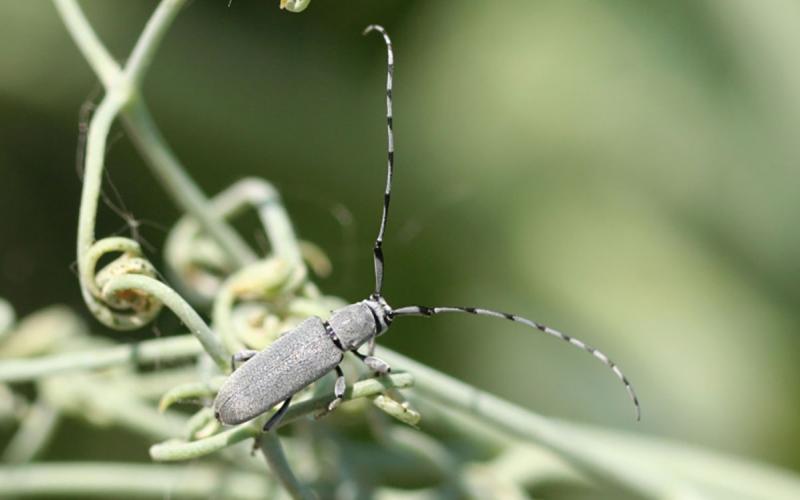
Dectes Stem Borer in Soybean
Although Dectes stem borers are more of an issue in South Dakota sunflower, they can also infest soybean. Thier larvae may cause soybean yield losses due to their feeding activity in the pith of the stem and also due to late-season lodging.
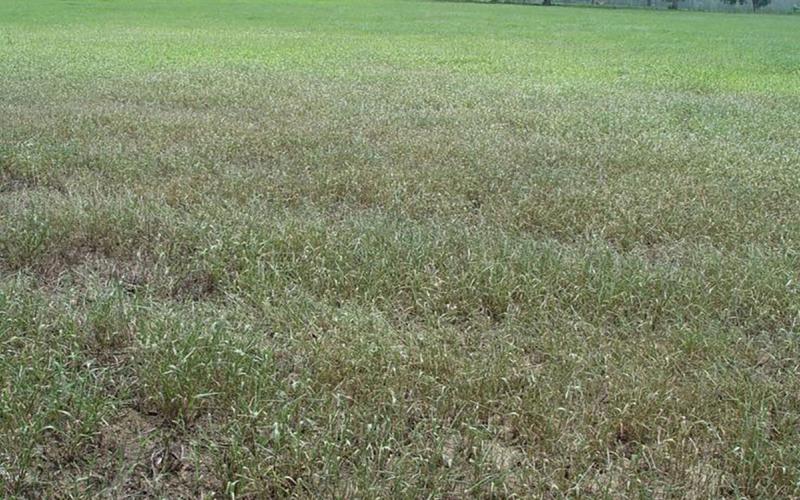
Fall Armyworm Caterpillars Causing Issues in South Dakota
This week we started to receive reports of pastures and alfalfa stands that have been heavily fed on by fall armyworm caterpillars. Typically, these pests are not an issue in South Dakota. However, populations have been very large in many states during 2021, and they have now moved into South Dakota.